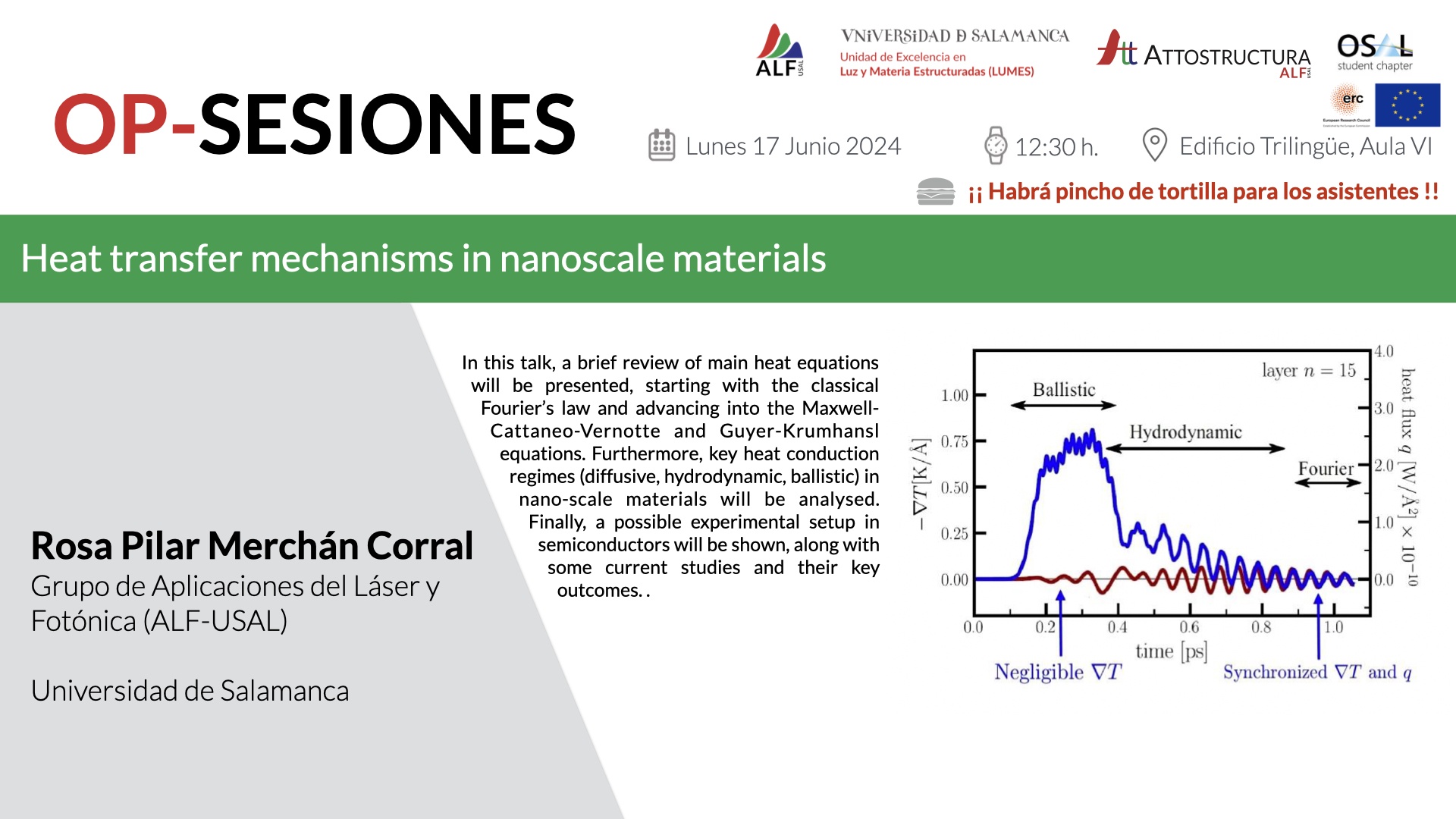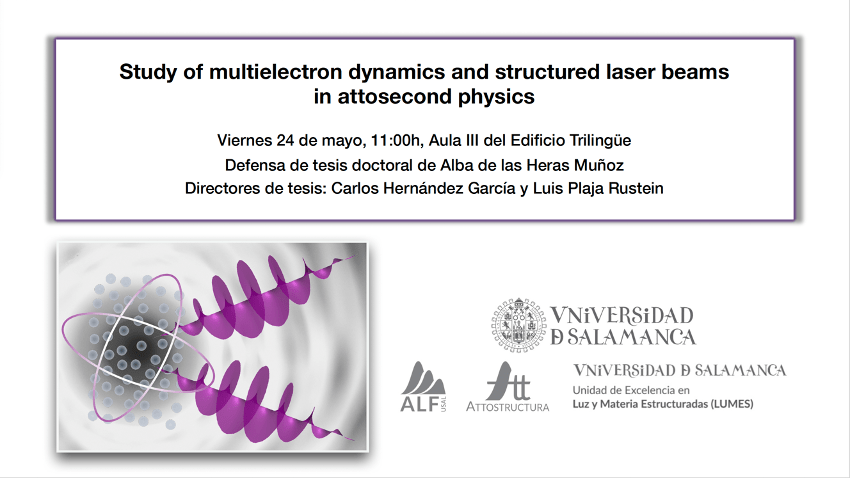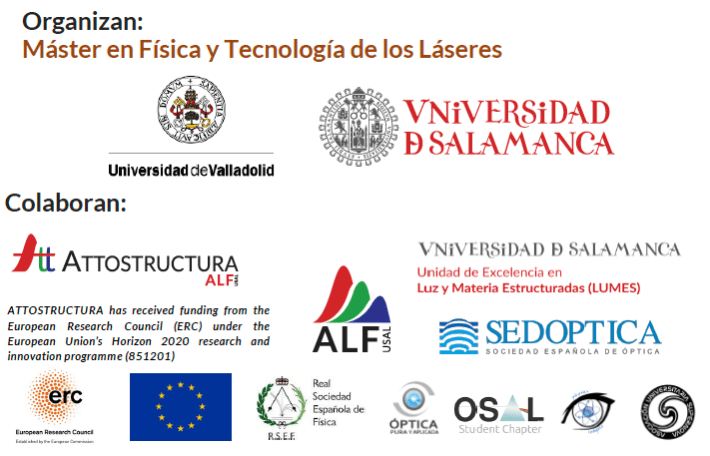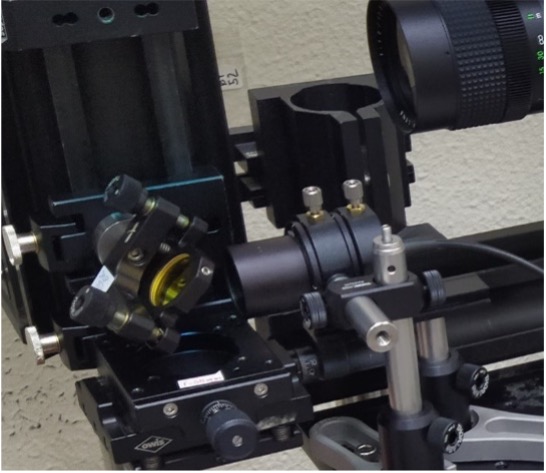Usually, when talking about laser-matter interaction, only the electric field associated with such electromagnetic radiation is taken into account. One of the reasons for this is that the excitations induced by the magnetic field are orders of magnitude smaller than those driven by the electric field. However, the interest in coherently probing magnetic systems on specific time and space scales, outside the scope of traditional magnetic field sources such as electromagnets, demonstrates the need to develop new schemes for the design and control of the electromagnetic field that forms light. This is possible thanks to the large structured light zoo, being able to manipulate different degrees of freedom such as intensity, phase or polarization state. Although there are several studies that address the separation of the magnetic field from the associated electric field in a light beam, in most cases it is necessary the interaction with matter to induce electrical currents for the creation of a sufficiently intense and isolated longitudinal linearly polarized magnetic field.
With our theoretical study we go one step further in this scenario, looking for a magnetic field whose polarization state can be controlled, ranging from linear to circular through elliptical. When such optical magnetic field with cylindrical symmetry along the beam propagation axis is introduced into Maxwell’s equations that govern classical electromagnetism, the result is an extremely complex associated electric field distribution. This consists of an optical vortex (a beam in which the phase or wavefront forms a helix as it propagates; this is known as the orbital angular momentum of light) with a single polarization component along the propagation axis. This challenging solution is beyond the current laser technology, so other more realistic schemes need to be adopted.
In our work we propose the coherent superposition of several dephased structured beams, in a way that only by their optical manipulation one can have direct control over the polarization state of the resulting isolated magnetic field in a given region of space. On one hand, we use azimuthally polarized vector beams as drivers to exploit their magnetic longitudinal component linearly polarized along the axis where the electric field is zero due to the polarization singularity. By tightly-focusing them with a large numerical aperture optical system outside the paraxial regime, this component can be confined and intensified starting from relatively low intensity lasers. By combining two or four of these focused beams in a cross geometry with the respective focus at the same point and applying the corresponding phase shifts, it is possible to achieve an intense magnetic field, isolated from the electric field and with circular polarization laying in the plane in which the driving beams are arranged, in a sub-wavelength region.
Our results obtained from a a feasible experimental setup point of view open the doors to new perspectives in such wide applications as optical and magnetic spectroscopy, force microscopy or ultrafast magnetization dynamics. In particular, the inspection of magnetic interactions with intense lasers in the ultrafast regime with phenomena such as the nonlinear dynamics of magnetization in ferromagnetic samples, the study of chiral materials or applications in the potential improvement of spatial resolution in the optical interaction with magnetic systems are particularly attractive.
More info at:
Sergio Martín-Domene, Luis Sánchez-Tejerina, Rodrigo Martín-Hernández, Carlos Hernández-García; Generation of intense, polarization-controlled magnetic fields with non-paraxial structured laser beams. Appl. Phys. Lett. 20 May 2024; 124 (21): 211101.
